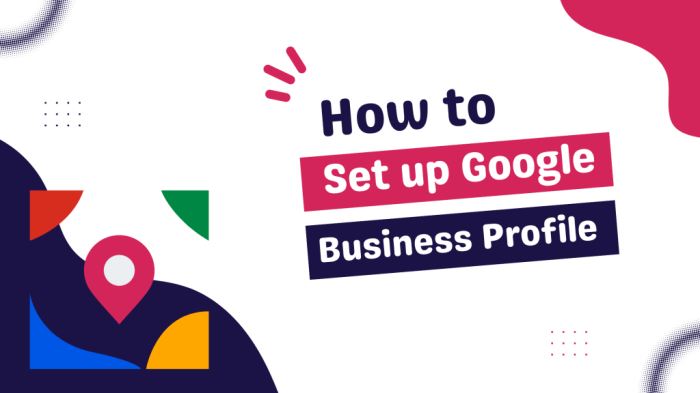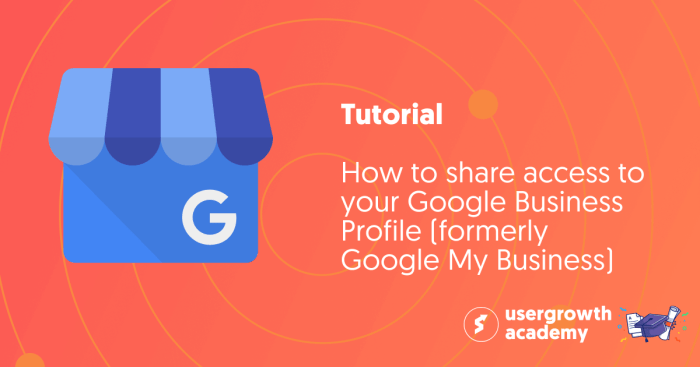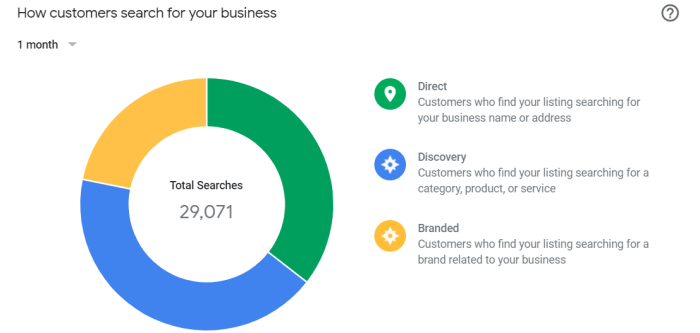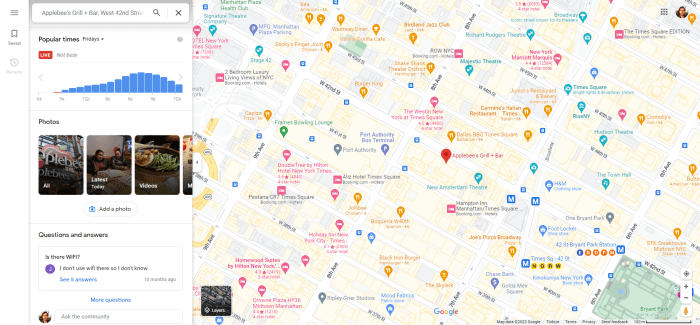Linking GBP to GA

Linking your Google Business Profile (GBP) with Google Analytics (GA) provides valuable insights into your business performance. By connecting these two platforms, you can gain a deeper understanding of how customers find and interact with your business online, ultimately helping you optimize your marketing strategies. This guide provides a step-by-step process for establishing this crucial link.
Linking GBP to GA: A Practical Guide
Below is a numbered procedure outlining how to link your Google Business Profile and Google Analytics. Following these steps will allow you to access valuable data regarding customer behavior and website traffic originating from your GBP listing.
- Ensure you have access to both your Google Business Profile and your Google Analytics account. You will need administrator-level access for both.
- Sign in to your Google Business Profile account.
- Navigate to the “Website” section within your GBP settings.
- Select your website from the dropdown menu. Ensure the website listed is accurately reflecting your business website.
- Click “Link to Google Analytics”.
- Select the appropriate Google Analytics account and property. You may need to locate the correct property if you manage multiple websites.
- Confirm the connection. Once confirmed, data will begin flowing from your GBP to your GA account.
The following table provides a more detailed breakdown of each step, including expected outcomes and troubleshooting suggestions.
| Step | Action | Expected Result | Troubleshooting Tips |
|---|---|---|---|
| 1 | Access GBP and GA accounts with administrator privileges. | Both accounts are open and accessible. | Verify your login credentials. If you encounter issues, contact Google support. |
| 2 | Sign in to your Google Business Profile. | You are successfully logged into your GBP account. | Check for any account lockouts or security alerts. |
| 3 | Navigate to the “Website” section in GBP settings. | The “Website” settings page is displayed. | Use the search function within GBP to locate the settings menu. |
| 4 | Select your website. | Your website is correctly selected. | Ensure the website URL is accurate and matches your GA property. |
| 5 | Click “Link to Google Analytics”. | A window appears to select your GA account. | If the button is unavailable, ensure your website is correctly verified in GBP. |
| 6 | Select your GA account and property. | The correct GA account and property are chosen. | Double-check the account and property IDs to avoid linking to the wrong data. |
| 7 | Confirm the connection. | A confirmation message appears, indicating successful linking. | Allow sufficient time for data synchronization. If the link fails, review previous steps for errors. |
Linking Process Flowchart
[Imagine a flowchart here. The flowchart would begin with a box labeled “Start,” followed by boxes representing each step Artikeld above. Arrows would connect the boxes, indicating the flow of the process. The final box would be labeled “Connection Successful.” The flowchart visually represents the sequential steps involved in linking GBP and GA. Each step box would contain a concise description of the action to be performed, mirroring the “Action” column in the table above.
For example, one box might say “Sign in to Google Business Profile,” and another might say “Select Google Analytics Account.” The arrows would show the clear progression from one step to the next, culminating in the final “Connection Successful” box. This visual representation would make the process easy to follow.]
Analyzing Website Traffic from GBP

Connecting your Google Business Profile (GBP) with Google Analytics provides valuable insights into how your online presence translates into real-world customer engagement. By analyzing this data, you can optimize your GBP listings and improve your overall marketing strategy. This section will show you how to leverage Google Analytics to understand and improve the performance of your GBP.Identifying website traffic originating from GBP within Google Analytics involves utilizing the Acquisition > All Traffic > Source/Medium report.
Within this report, you’ll find entries related to “google / organic,” representing organic search traffic driven by your GBP listing. While this doesn’t isolate GBP traffic entirely, it provides a significant portion of the data. For more precise attribution, consider using UTM parameters (discussed in the previous section) to track specific GBP campaigns more accurately.
Identifying Website Traffic from GBP
To effectively analyze website traffic originating from your Google Business Profile, navigate to the Acquisition > All Traffic > Source/Medium report in Google Analytics. Look for traffic sources attributed to “google / organic.” This signifies organic search traffic likely driven by your GBP listing. While not entirely exclusive to GBP, this data offers a substantial view of its impact.
Remember, using UTM parameters in your GBP campaigns will provide even more precise tracking and attribution. By segmenting your data based on these parameters, you can isolate traffic specifically generated from targeted GBP promotions.
Comparing GBP Location Performance
Google Analytics allows for robust comparison of various GBP locations. First, ensure that each location is correctly linked to its respective Google Business Profile. Then, within Google Analytics, use secondary dimensions to segment your data by location. This could be achieved through custom dimensions set up during the linking process or by utilizing existing location-based data within Google Analytics.
By comparing key metrics such as website visits, bounce rate, and conversion rates across different locations, you can identify areas for improvement and allocate resources effectively. For example, a location with a consistently low conversion rate may require further optimization of its online presence or marketing strategy.
Tracking Conversions from GBP Leads
Tracking conversions from leads generated through your GBP is crucial for measuring ROI. You can accomplish this by setting up goals in Google Analytics that align with your desired conversions, such as form submissions, phone calls, or online purchases. Once goals are established, you can segment your data to isolate conversions driven by traffic originating from your GBP listings (using the “google / organic” source/medium, or even more specifically using UTM parameters).
This provides a clear understanding of how effective your GBP is in driving valuable customer actions. For instance, if a specific GBP location shows a high conversion rate from phone calls, you might allocate more resources to optimizing its phone number visibility and call-to-action strategies.

